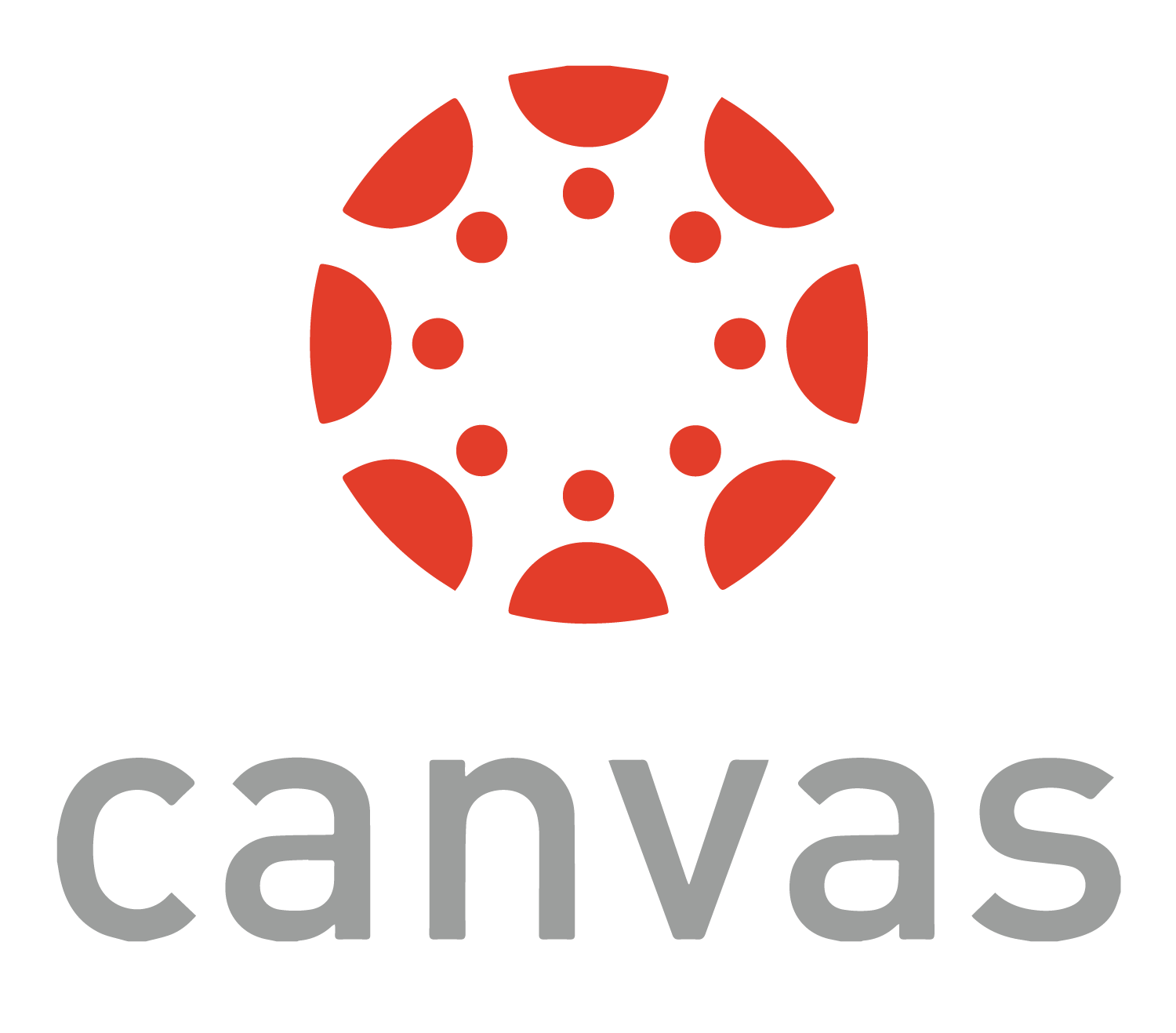
- #Xnconvert transparent canvas manual
- #Xnconvert transparent canvas software
- #Xnconvert transparent canvas code
- #Xnconvert transparent canvas free
#Xnconvert transparent canvas software
XnView Computer Software file formats, why?, image File Formats, linux, circle png 512x512px 58.25KB.Movavi Video Editor Video editing software Film editing Software cracking, others, logo, computer Program, video Editing png 512x512px 47.65KB.XnView XnConvert Computer Software viewer editing, application, computer Program, circle, xnconvert png 512x512px 56.82KB.Pdb.gimp_levels(drawable, gimpfu.HISTOGRAM_VALUE, Pdb.gimp_progress_update(sample_index/sample_count) Random.randint(0, pdb.gimp_drawable_height(drawable)-1)) Random.randint(0, pdb.gimp_drawable_width (drawable)-1), Px = pdb.gimp_drawable_get_pixel(drawable, Pdb.gimp_progress_set_text('Correcting background')
#Xnconvert transparent canvas code
Here's the result of its application to the image in Alan's answer:Īnyway here's the code of the plugin: from _future_ import divisionĭef set_image_background_to_white(image, drawable): Here's the result of its application to the image in the original question: Some time ago I translated this to Python and it ran a lot faster. There was a plugin in the GIMP plugin registry that did this.
#Xnconvert transparent canvas manual
Any hints are welcome because manual cropping is boring as well as time consuming. Now, the only remaining task for which I am looking is automatic CROP of every image in an inteligent manner to cut-out the unnecessary margins. In the end I was able to print the result on the very old 300 dpi laser printer with excellent contrast. Beside "Editor" Zoner contains also the "Manager" interface in which you can process the batch over all selected images. For me the parameters "Large, value +14" worked very well. Its application is one-step process only. It seems to offset the b/w threshold according to the neighbourhood lightness.
#Xnconvert transparent canvas free
Its eval version is free for some period, I guess. Consequently, every method and its partial setting worked well only for the part of every page and not for the rest of it.Įventually I found the effect "Dynamic Thresholding" which is part of Zoner Photo Studio v15. I experienced that the upper side of every document was more light than the bottom.


This plugin produces good results quickly provided that the document is homogenously lighted and the paper itself is also of homogenous quality. You'll have to experiment with your documents to find the right settings.įrom this point, you can duplicate the image, flatten the duplicate, and use your regular Photoshop retouching tools to clean up the remainder. A scanned document typically has a histogram with a large lump toward the right (the paper) and a smaller lump toward the left (text).

Use a Levels adjustment layer to increase the contrast.I was able to darken the text only a little. Notice that the yellows slider is far to the right, lightening the yellowish background. Use the Targeted Adjustment Tool ("Scrubby") in the adjustment layer panel to lighten the background (scrub to the right) and darken the text (scrub to the left) as much as you can. Convert to grayscale using a Black and White adjustment layer.The details will be different depending on the document (this has somewhat higher contrast than your sample, for example) but the broad outline will be the same. Here's part of a fairly typical old document scan: If you have control over the scanning, or can get them rescanned, increase the contrast setting in the scan and set the black point at the darkest bit of text you can find.


 0 kommentar(er)
0 kommentar(er)
